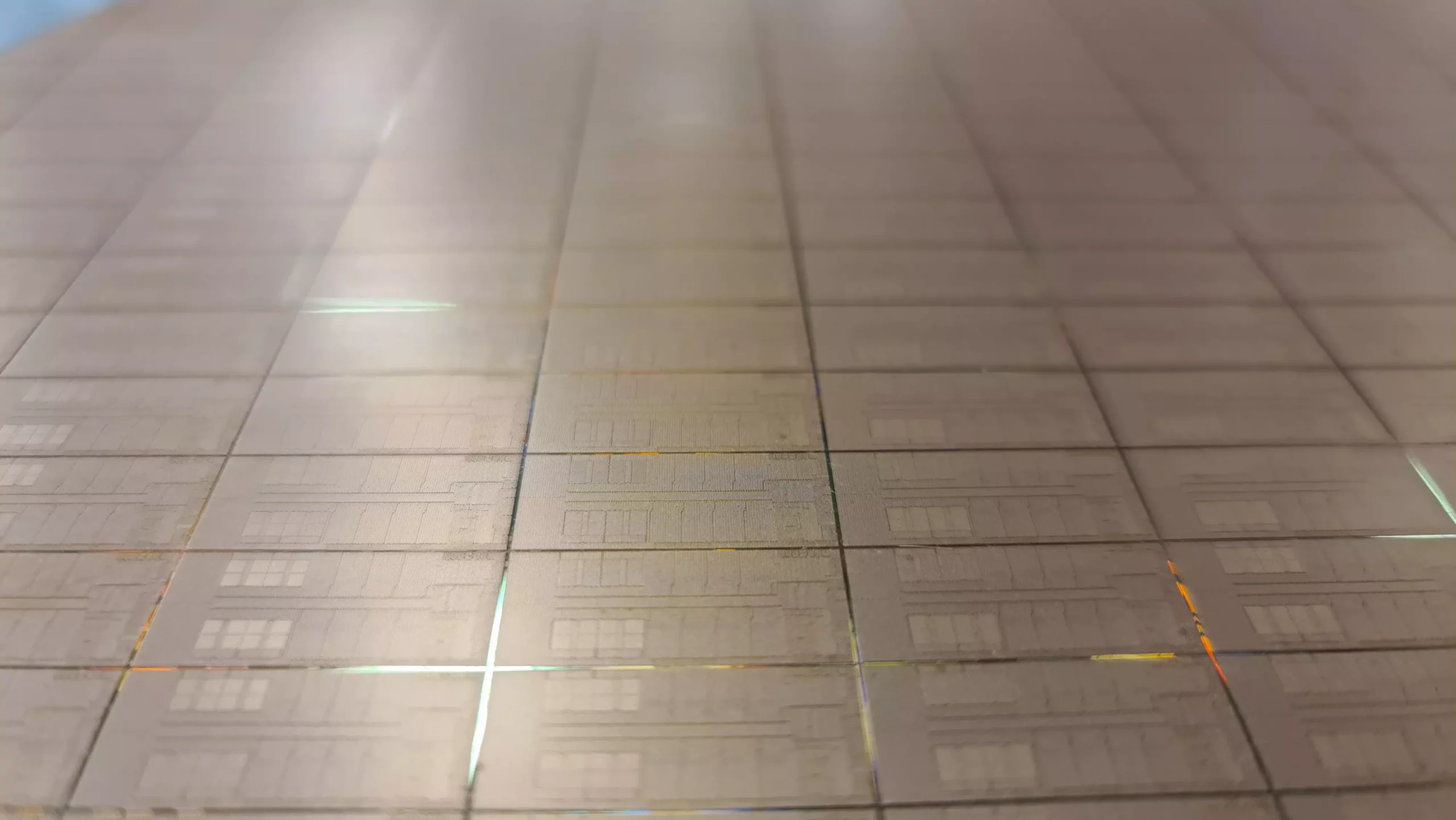Intel’s recent decision to divest 51% of its stake in Altera to Silver Lake marks a significant milestone not just for the companies involved, but also for the semiconductor industry at large. This strategic move by Intel reflects a larger trend in the tech world, whereby established giants recalibrate their focus in pursuit of agility, specialization, and innovation. By offloading a majority stake in Altera, Intel is not merely shedding assets; it is diversifying its operational priorities while maintaining a critical connection to a specialized domain. The $8.75 billion valuation of Altera seems to be a noteworthy regression from the $16.7 billion acquisition price in 2015, yet this doesn’t negate the intrinsic value of the company. Receiving around $4 billion for half a technology firm that has proven its worth in field programmable gate arrays (FPGAs) and custom semiconductor solutions is a calculated risk Intel is willing to take to concentrate on its core business areas.
The Acquisition History and Current Dynamics
Intel’s acquisition of Altera in 2015 was heralded as a pivotal integration of two powerhouses in technology, with both companies collaborating on various projects predating the buyout. Altera’s focus on FPGAs complements Intel’s ambitions to lead in advanced computing, particularly as these programmable logic devices gain traction in applications ranging from telecommunications to autonomous vehicles. However, with the market evolving and consumer demands transforming, Intel’s reallocation of resources reveals a pragmatism that some may see as overdue. Silicon Valley thrives on innovation, and large corporations must ensure that their endeavors remain nimble in confronting a plethora of emerging technologies.
By retaining a 49% stake, it appears Intel seeks to guarantee its influence over Altera’s trajectory—an intelligent safeguarding of its investment in both capital and intellectual property. While Intel’s public statements articulate a desire to sharpen its focus on foundational research and development, one can’t help but wonder what operational control they will assert over Altera moving forward. Will the remnants of Intel’s presence promote collaboration or stifle creativity? This question remains pivotal as we observe the unfolding dynamics between Altera and its new, majority stakeholder.
The Role of Silver Lake in the Tech Landscape
Silver Lake’s eye for investment opportunities is well documented. With over $104 billion in assets under management, and a penchant for fruitful tech investments, the firm stands at the forefront of venture capitalism. Their recent endeavors extend well beyond chipmakers and into realms like software and even sports franchises, showcasing their diversified investment philosophy. The dichotomy of interests between such sectors invites inquiry into Silver Lake’s strategy—do they prioritize growth in traditional Silicon Valley environments, or do they seek to elevate iconic brands to soaring new heights?
The takeover of Altera not only enhances Silver Lake’s portfolio but also solidifies their influence in an industry characterized by rapid change and innovation. Coupled with their notable past investments in entities like Twitter and Airbnb, the acquisition of Altera can be seen as another ambitious stride toward consolidating power within the tech landscape. Although the name “Silver” might suggest a historical connection to technology giants like Intel, it is rather indicative of the wealth and potential radiating from their portfolio.
The Future of FPGA and Semiconductor Innovations
As Altera transitions into a new stage in its corporate life, it is poised to become the largest technically independent FPGA-focused company in existence. Independence in the tech world can lead to unfettered innovation, but it can also usher in challenges tied to market pressures and competition. As we look further into the evolving semiconductor industry, FPGAs continue to position themselves as critical components in an expansive array of applications, including artificial intelligence and machine learning.
Intel’s ongoing involvement, even with a minority stake, may very well dictate the pace and direction of Altera’s future innovations. While enthusiasts speculate on the impacts of this transition, it’s paramount to consider how independent operations will be further nudged toward competing with established players. The melding of resources, expertise, and vision between Intel and Altera could lead to profound advances, but the outcome of this delicate balance remains to be seen.
Seizing upon new business models, reshaping corporate identities, and navigating market complexities will dictate not only the success of Altera post-divestment but the relevance of Intel in its wider endeavors. It will be fascinating to observe how this shift translates into pragmatic results as both companies forge ahead within their distinct landscapes.

